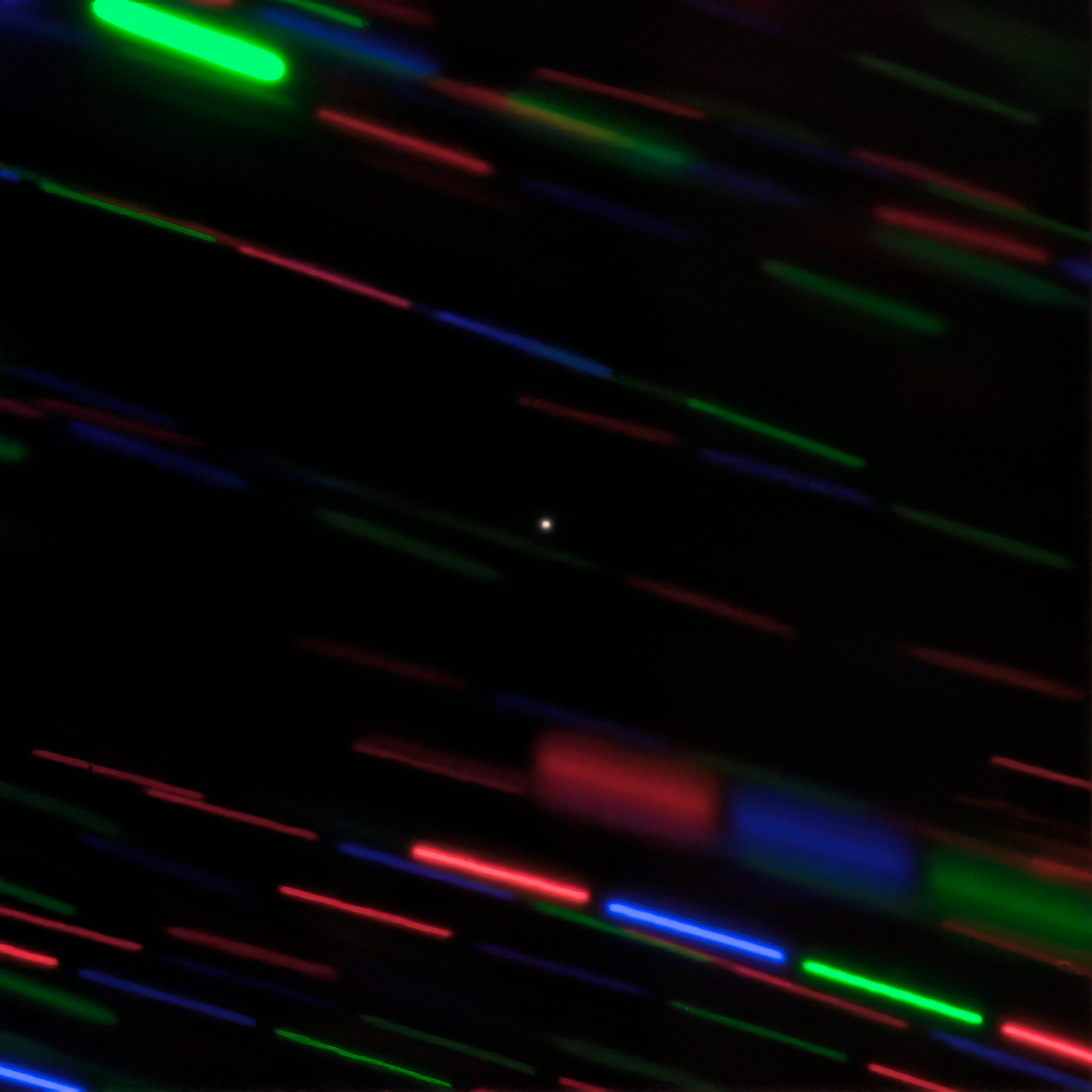A pair of astronomers just discovered a “mini-moon” asteroid within Earth’s orbit. And it turns out it may have been orbiting us for years, undetected until now.
How was it found: The asteroid, called 2020 CD3 (also known as C26FED2), was discovered by the Catalina Sky Survey at the University of Arizona on February 15. The two researchers responsible for the discovery held off on announcing their findings while they confirmed exactly what 2020 CD3 was and what its orbit looked like. Its small size and peculiar orbit helped hide it well from astronomers.
Mini-moons are formally known as Temporary Captured Orbiters (TCO)—objects that are currently looping the planet, but will eventually shove off and resume their trip around the sun. CSS previously found a TCO that stumbled into Earth’s orbit in 2006, before exiting the following year.
Don’t settle for half the story.
Get paywall-free access to technology news for the here and now.
